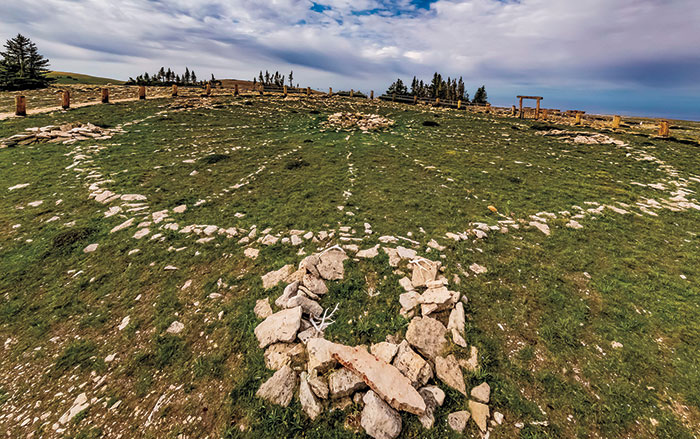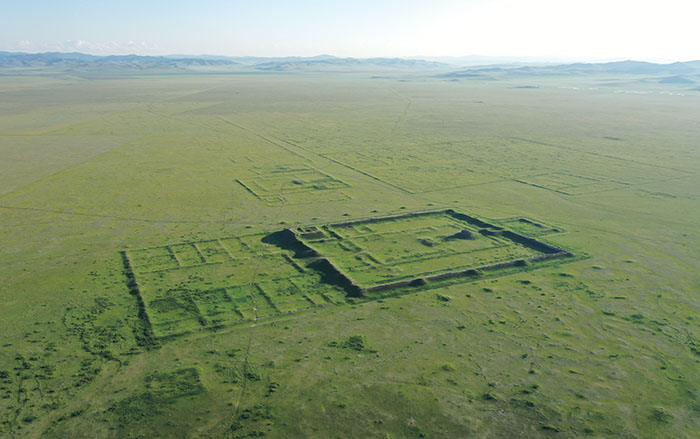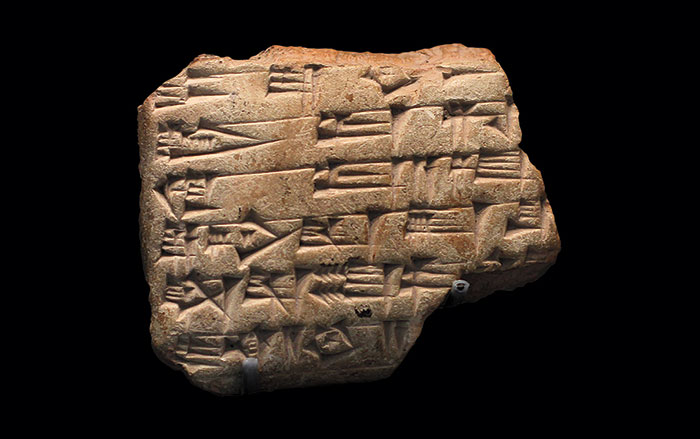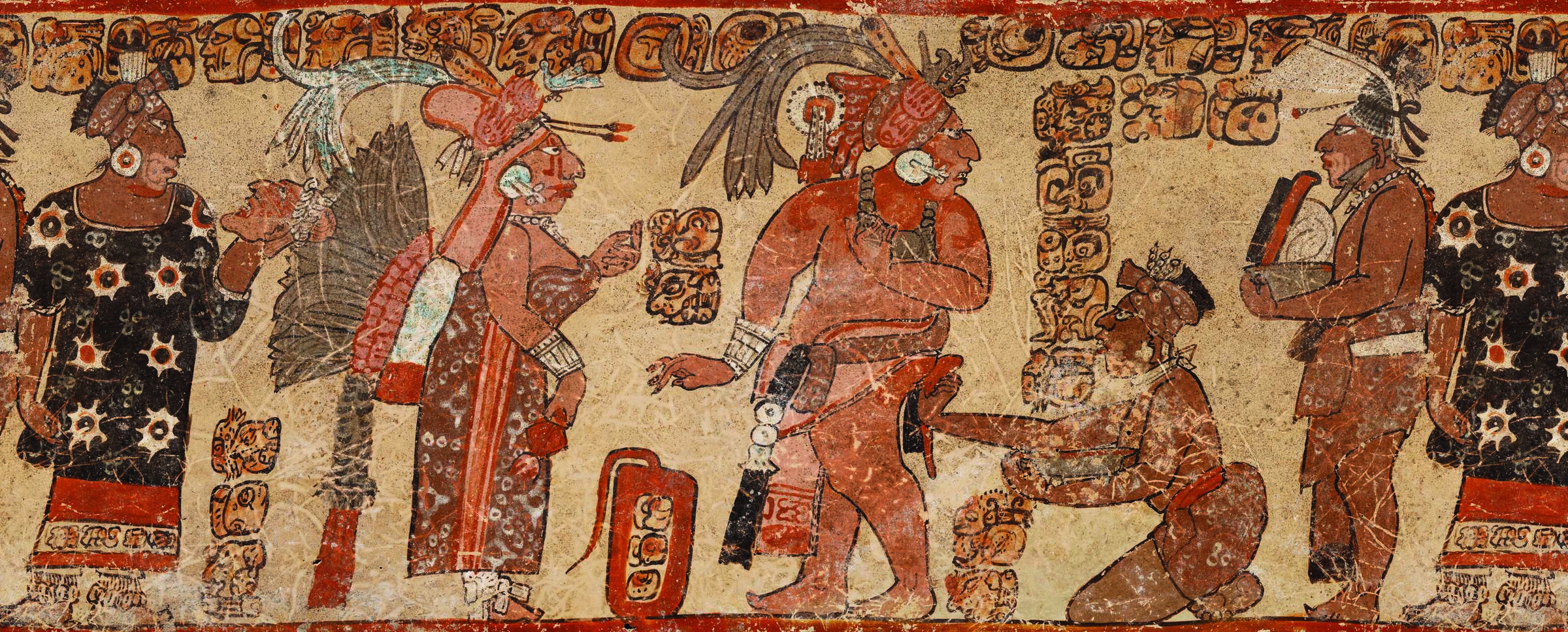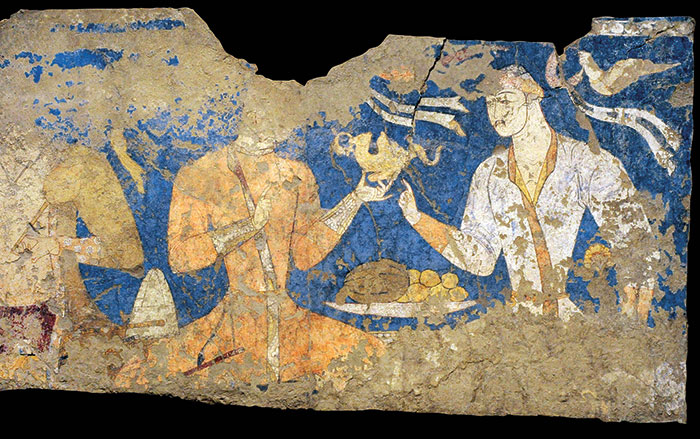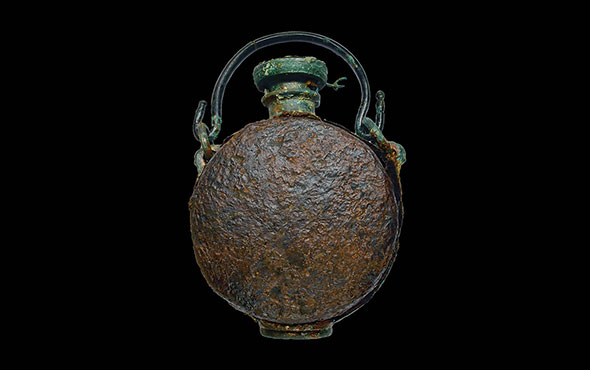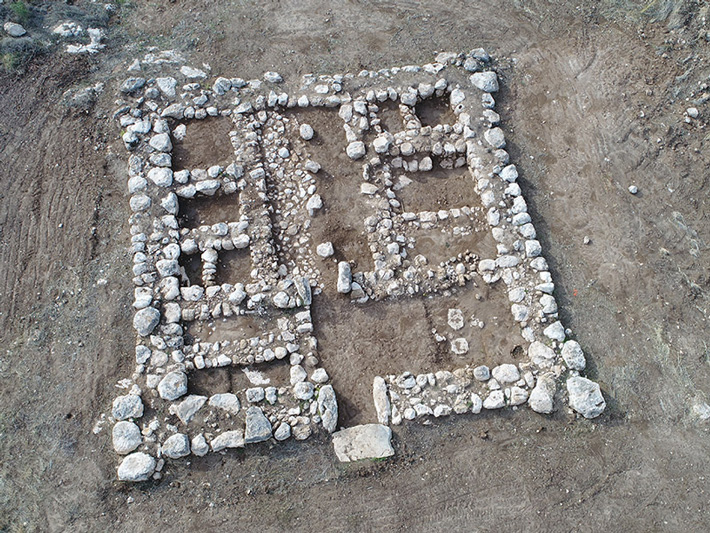
JERUSALEM, ISRAEL—Live Science reports that volunteers and archaeologists led by Saar Ganor and Itamar Weissbein of the Israel Antiquities Authority have unearthed a 3,200-year-old fortress in southern Israel, at a strategic site located along an ancient road along the Guvrin River that connected the Judea plains to the coastal plain. The Egyptian-style fortress is thought to have been built in the Egyptian-ruled land of Canaan as a defense against the Philistines, who had gained power to the west, along the Mediterranean Sea coast. The structure measures about 60 feet long and 60 feet wide, with a watchtower placed at each of its four corners. A carved rock weighing more than three tons served as the threshold at the entrance to the fortress. The entrance opened into a courtyard paved with stone slabs and central columns. Rooms on either side of the structure contained hundreds of pieces of pottery, including a bowl and cup that may have been reserved for ritual use. Ganor and Weissbein said that once the Egyptians left the region, the unprotected Canaanite cities fell, probably at the hands of the Philistines. For more, go to "Egypt's Final Redoubt in Canaan."


